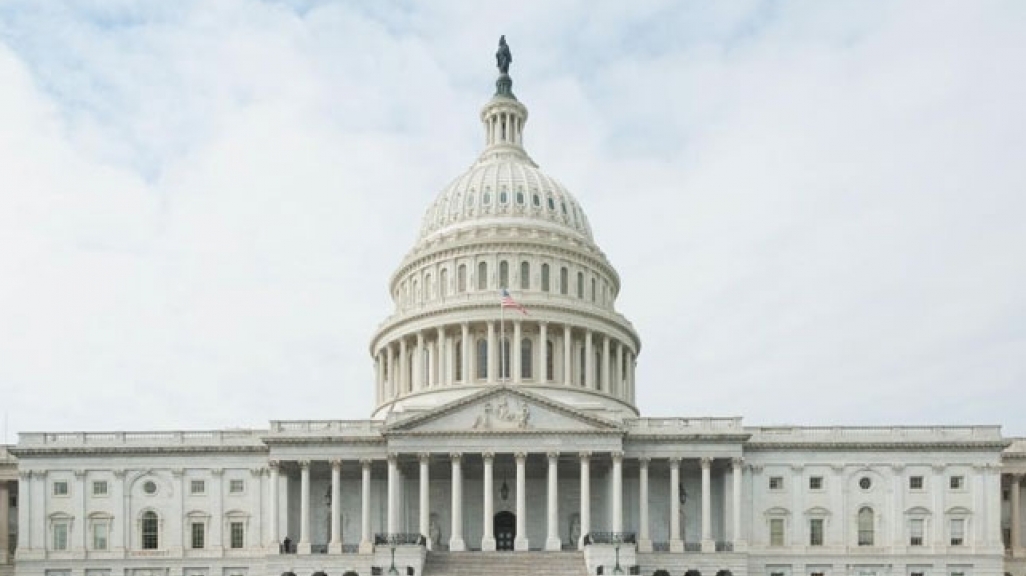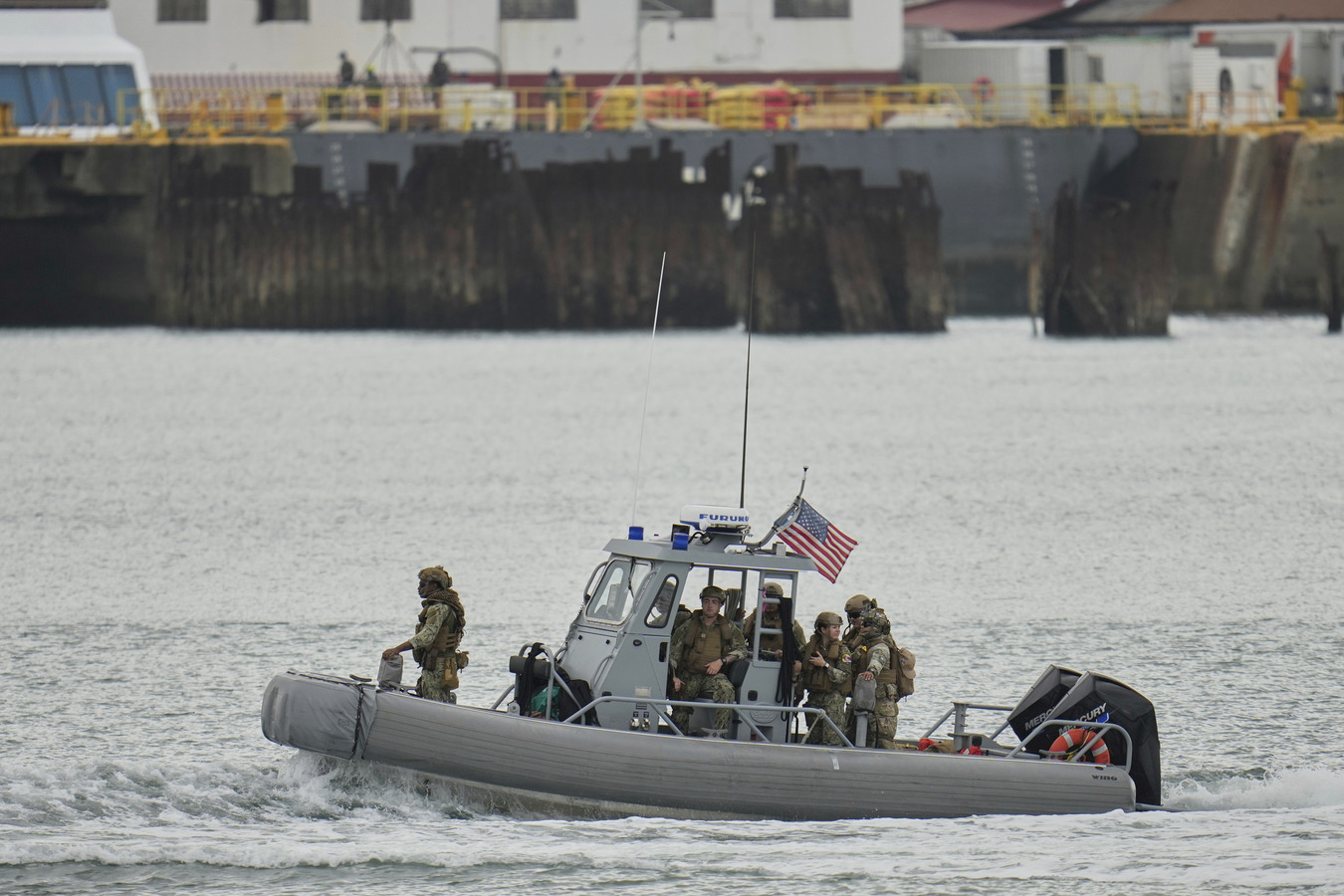Challenges at the Border: Examining and Addressing the Root Causes Behind the Rise in Apprehensions at the Southern Border
Challenges at the Border: Examining and Addressing the Root Causes Behind the Rise in Apprehensions at the Southern Border
In testimony before the U.S. Senate Committee on Homeland Security and Government Affairs, COA's Eric Farnsworth explained why Central American security and development play a role in the child migrant crisis.
CHALLENGES AT THE BORDER: EXAMINING AND ADDRESSING THE ROOT CAUSES BEHIND THE RISE IN APPREHENSIONS AT THE SOUTHERN BORDER
HEARING BEFORE THE U.S. SENATE
COMMITTEE ON HOMELAND SECURITY
AND GOVERNMENT AFFAIRS
JULY 16, 2014
ERIC FARNSWORTH
VICE PRESIDENT
COUNCIL OF THE AMERICAS
*** As Prepared for Delivery ***
Good morning, Mr. Chairman, Mr. Ranking Member, and Members. It is a pleasure to join you and the other distinguished panelists for today’s discussion regarding the reasons that so many Central Americans, including unaccompanied children and families, are leaving their home countries in an attempt to enter the United States. Thank you for the opportunity to testify on such a timely and important topic.
At the outset it must be noted that we are witnessing a heart rending, immensely difficult humanitarian drama on the Southwestern border whereby almost 60,000 unaccompanied minor children have been picked up since last October. Many of these migrants are children, in some cases less than 10 years old, entrusted by their families to profiteers cynically trading on tragedy to get them from Central America through Mexico into the United States. The outlines of the story are well known, but it is helpful I think to remember that we are dealing with populations that are unprotected and highly vulnerable in many cases, and therefore to focus on the issues with appropriate understanding and sensitivity.
At the same time the question has to be asked why families believe their circumstances to be so hopeless or desperate as to consider that a better option for their children lies in sending them on a potentially treacherous journey to the U.S. border, to an unknown future. The issues within Central America—and here we’re primarily considering the Northern Triangle countries of El Salvador, Guatemala, and Honduras—have been building for some time.
As I wrote in the Miami Herald almost exactly three years ago and elsewhere, the root of Central America’s problem is the geographic reality that, like Mexico, it exists between the world’s largest consumer of illegal drugs, the United States, and the world’s largest producer, South America. Under normal circumstances this would be bad enough, but with the cessation of the brutal Central American wars in the late 1980’s and early 1990’s insufficient attention was paid to building professional, apolitical police forces, reforming judiciaries, rooting out corruption, and creating economic opportunity with the accumulation of human capital through an intensive focus on broad-based education and training. At the same time natural disasters including Hurricanes Mitch in 1998 and Stan in 2005 caused immense human and physical destruction and wiped out significant economic production, and man-made disasters including the Honduran political crisis in 2009 led to a vacuum in governance that at any rate was already stretched beyond capacity.
The region has also failed to take full advantage of the promise of its free-trade agreement with the United States, CAFTA-DR, slow-walking for political reasons the steps it needed to take toward true regional economic integration and a focus on competitiveness. The United States arguably contributed to the problem by deporting without full coordination with receiving nation officials hardened criminals back to the region.
Many of these had already been thoroughly indoctrinated into gang culture in the United States and its prisons. The United States has also allowed the export of weapons to the region which often fall into criminal hands.
This is a potent mix, and regional governments have largely proven incapable of responding effectively. The United States is assisting through the Central American Regional Security Initiative (CARSI) and other programs, which are making progress, but the problems are overwhelming. It arguably takes a much larger, integrated, strategic response.
One critical component of a solution, in addition to a more effective response to the drug scourge including U.S. demand reduction, is the creation of realistic prospects for economic gain within migrant-sending nations. In other words, good, legal, sustainable jobs offering the prospect for a better life and the stability at the local and community level that is lacking. For years, without such opportunities the young and unemployed have generally pursued one of two options: attempt the dangerous journey to the United States or throw in their lot with the criminal gangs which have proliferated and transformed the region into one of the most dangerous worldwide, with a homicide rate that is more than four times the global average.
And it is these gangs and the mayhem they are creating in El Salvador and the drug traffickers and gangs in Guatemala and Honduras that are creating the conditions of deep personal insecurity that are now pushing a new population of migrants to flee. Simply put, many families cannot guarantee the basic safety of their children nor imagine the possibility of a better life under current circumstances in their home countries. This leads to the desperate gamble we are now witnessing of children arriving at the mercy of the United States unaccompanied at the Southwest border.
This problem is unbelievably complicated and multifaceted. One contributing factor is the lack of economic opportunity. Regional job creation is not a panacea but it would provide options and possibilities that do not otherwise exist. CAFTA-DR was a beginning, and statistics show that the region has benefited from this trade agreement that has been in effect for a decade, as has the United States. But as those of us who support CAFTA-DR have frequently noted, the agreement is a beginning point, not an endgame, establishing permanent market access to the United States and transparent rules of the game for private sector engagement. Nonetheless, it is incumbent upon the other parties to the agreement to take steps domestically in order to gain the full benefit of the agreement, much as other U.S. free trade partners in the region including Mexico, Chile, Colombia, and Peru are doing through their respective agreements. Without an attractive business climate including enhanced personal security, an educated workforce, improved infrastructure, and—critically—regulatory transparency and the rule of law, investors both foreign and domestic concentrate elsewhere. A lack of investment means foregone job creation, as well as tax receipts, technology transfer, and access to global supply chains, reinforcing an already-difficult economic scenario.
From the U.S. perspective, we can do more to assist the nations in question to improve the business climate, and we must also be mindful of the potential unintended consequences on Central America of trade expansion efforts elsewhere including the Trans-Pacific Partnership, taking steps to hold the region harmless from potential impacts on regional competitiveness brought about through the impact of trade diversion. At the same time, we can work to improve regional competitiveness, in addition to assisting with ways to improve the business climate, by taking concrete steps to promote larger markets and an improved regional consciousness. For example, we should higher-prioritize the cleaner energy agenda for the region, increasing energy security while lowering energy costs, improving environmental conditions, and reducing regional reliance on Venezuela’s strategic energy initiative, Petrocaribe. We should help interested Central American nations increase regional markets and economic integration through regulatory convergence and infrastructure development, among other things. And we should continue to work on a regional basis on the security agenda, seeking multilateral cooperation with us and with each other. This must include the employment of all available and appropriate resources, including security forces, to recapture state control of lawless areas and restore order where is it lacking.
The United States has an immense stake in Central America’s success given our own history and engagement there. The region is deeply troubled. Flows of unaccompanied minors are the most current, observable, and desperate manifestation of this on-the-ground reality. Given the significant financial and political investments that the United States has made over the years to mid-wife and sustain democracy, it may be time now to consider a second Kissinger-style commission, as was first done in 1983, which would, in conjunction with the leaders and people of the region itself, develop urgency and consensus for a comprehensive approach to Central American security and development.
Of course, the primary driver of investment and job creation must be the local business community, some of whom have traditionally been more self-interested and less willing to lend voice or resources for needed reforms. But the private sector should be encouraged to engage on these issues not as charity or to salve a social conscience, but rather because it is ultimately good for the bottom line. As our sister institution the Americas Society has found previously in collaboration with the World Bank and other institutions, violence reduction also reduces security related costs and improves worker productivity, while providing training and labor market access for at-risk youth. The development of social values can develop work forces that are productive and valuable, adding an important component to existing labor forces. A number of programs are ongoing and showing promise, although the issue of scalability remains.
Here, the role of the state is crucial, because public security and the rule of law are fundamental to job creation. And the public sector requires resources in order to combat crime and create conditions that build opportunity. Taxes are required, and the private sector must be expected to pay its share. At the same time, trust must be increased between the public and private sectors so that confidence increases that taxes will be used transparently, efficiently, and for the purposes they are collected. This is a long-standing and difficult issue within Central America, and must be both acknowledged and addressed.
The flow of unaccompanied migrants at the Southwestern border of the United States is a symptom—tragic as it certainly is—of a broader crisis in personal security in the northern triangle. In order to treat the symptoms effectively we have to address the cause. That will require sustained high-level attention, resources, and a commitment to addressing some very difficult concerns. Within this framework, job creation and economic opportunity must play an appropriate role.
Thank you, again, Mr. Chairman, for the opportunity to testify before you this morning. I look forward to addressing any questions that you and the Members might have.









